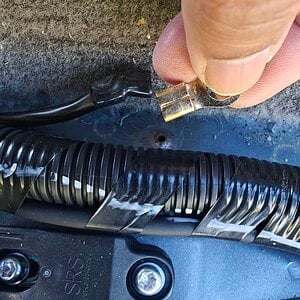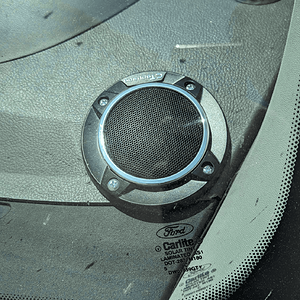you can only use tones if you actually analyze your music with a spectrum analyzer like on audacity and you generate a proper test tone with proper DB recording levels. That usually takes a long time to analyze your whole library to find the songs with the highest db recording level to get your safe ceiling limit. Otherwise if you use a 0 db test tone, you are leaving way too much output left on the table. a -10 db tone or -5 can be clipping its literally guessing unless you know exactly what recording level your music is at. You can do it to get a ballpark but you'll need to figure out your system limits yourself. You are playing music not 1000hz test tones it will behave dynamically and change drastically, a test tone wont help much in getting the max output/max driver power handling. What will likely happen when setting gains with a multi-meter = is you use a generic 1khz 0db test tone for your amp, you set it for 50 watts to the tweeter... then the output is complete sh*t because music in general does not reach 0 db recording levels, if the actual source file is -8 db recording levels, you have several notches on the gain left. So you'll basically just raise it up yourself anyways or leave it as is wondering why its soo weak.
Most important thing is to train your ear to know when the mid and tweeter is stressed. Simple rule is, if it starts to get really peaky, stops getting louder, makes any noise or crackle, you've gone waaay too far etc.... back it up a bit. do short listening intervals and check the tweeter and mid for heat(before you put back in your doors) Also make sure your crossovers are at a good point and level first then play around with the points until you get the best sound quality then do EQ and time alignment etc...
Usually if done right, you should have plenty of output without needing to come close to maxing out the drivers.
If your multi-meter has a peak hold function, you can play music and turn it up and see your peak ac voltage and limit power through that as well.


